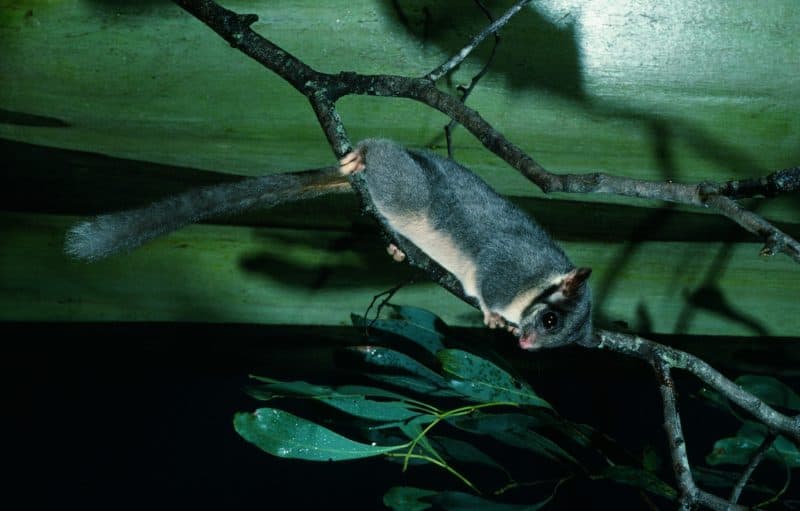NEWS 20 July 2022 |
By now you might’ve seen the bracing news stories on the latest federal State of the Environment report.
While it’s great to see renewed attention on nature from Canberra, at the end of the day it’s often the actions of state governments that dictate how this story will unfold.
After spending some time looking through this very grim report, we wanted to share with you what they mean specifically for nature in Victoria, and – more importantly – how we can push our leaders to stop the decline and give nature a chance to once again thrive.
Key findings of the report:
“Most indicators of the state and trend of plants and animals show decline, and the number of terrestrial and marine threatened species has risen. We can expect further extinctions of Australian species over the next 2 decades unless current management effort and investment are substantially increased”.
These findings the Victorian State of Environment Reports and recent recommendations from the Victorian Auditor General’s Report into biodiversity and the outcomes of the Victorian Ecosystem Decline Inquiry.
Clearing and habitat loss are a significant threat to Australian biodiversity, and the impact of tree clearing has been a key threatening process under the EPBC Act since April 2001. More than 60% of Australia’s nationally listed threatened species are recorded as being seriously affected by habitat loss.
The report concludes that our biodiversity is declining, and the number of threatened species is increasing but protected areas, recovery efforts and better management of pressures can help to secure our most threatened plants and wildlife.
Protecting biodiversity
The report says: Protected areas are widely considered the most effective way to protect biodiversity. They generally support higher species richness and abundance than comparable areas that are not protected.
What we’re doing: For years we’ve worked to increase our parks estate in line with the biodiversity targets
“Major threats to insect biodiversity come from habitat loss through broadscale clearing of native vegetation, invasion by weeds, habitat fragmentation, loss of natural corridors and inappropriate fire regimes” .
Preventing extinction
The report says: Victoria has the highest number of native, endemic and threatened vascular plants in Australia (1,243)
What we’re doing: Highlighting the dramatic absence of native wildlife in our landscapes and how we can bring them back
“In addition, invertebrate species are generally not considered to be particularly charismatic. Some are even considered largely expendable”.
Stronger nature laws
The report says: Approaches that consider landscape-scale management aren’t often used and Australia lacks a framework that delivers holistic environmental management
What we’re doing: Pushing our leaders to use and strengthen nature laws that work
Ending native logging
The report says: At least 19 Australian ecosystems show signs of collapse or near-collapse, including Victoria’s iconic Mountain Ash Forests
What we’re doing: For years we’ve pressured the Victorian Government to end native forest logging
“Clearing and habitat loss has very high legacy impacts on species and ecosystems. Current rates of primary, secondary and re-clearing impose significant ongoing widespread pressure across almost all areas of Australia.”
Managing invasive species
The report says: Compared with other threats, invasive species affected the largest numbers of native species at risk of extinction
What we’re doing: Pushing legislative change to address Victoria’s exploding deer population
